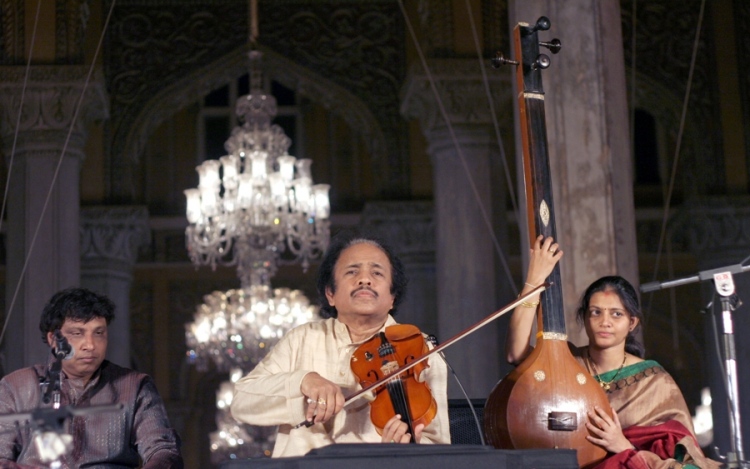Nowadays, it has become easier for people to fulfill their dream of learning music right from the comfort of their place. There are many websites that are offering Carnatic music classes online at nominal rates. However, there are several types of music in Indian subcontinent that belong to varied categories. Divided into four parts, Indian classical music is a part of culture and art that have a rich legacy. In the course of medieval age, Indian classical music was mainly split into two traditions i.e. Carnatic music and Hindustani classical music. Both the form of music have evolved since time and has witnessed huge changes through this amazing journey in history.
In simpler terms, Hindustani music seems to have stayed in the Northern parts whereas Carnatic music is the form of music in Southern parts of India. Having said this, both the forms of music are practiced all over India and hearty tunes have been created as a fusion between two classical forms.
In this article, we will discuss the major differences between Carnatic music and Hindustani music to give you a brief insight about both.
Raga And Tala
Raga and Tala plays a major role in Indian music. Though Hindustani and Carnatic music may come laced with same ragas but the name and the way they are performed might differ from one another.
Talking about Hindustani music, it comprises 10 modes and 6 principal ragas whereas Carnatic music comes with seven notes to the scale that consist of semitones. The Raga in Carnatic music are systematized into varied modes called Melankara which are 72 in total. On the other hand, the ragas in Hindustani music consist of varied bandish that follow a systematic format and blend of notes. This does not give much room for modification to the composer. So, there is far more freedom in Carnatic music in comparison to Hindustani music.
Method Of Practice
When it comes to practicing Carnatic music, it is more tough than Hindustani music. While on one hand, Hindustani music has a Persian influence in northern India, Carnatic music did not witness major change. Based on styles of singing, Hindustani music land up creating Gharanas/clubs. There are Tabla Gharanas for Delhi, Punjab etc., or singing gharanas for Gwalior or Jaipur. Each Gharanas have their unique style and differ in performance. However, Carnatic music is same in all parts.
Instrument
Musical instrument used in both forms of music are quite different from each other. When it comes to Hindustani music, Tabla is used whereas Mridangam is widely utilized in Carnatic music. The Veena of Carnatic gets converted to Sitar in Hindustani and the Hindustani Clarinet, Sarangi or Santoor becomes the Mandolin or Violin in Carnatic.
Ending Notes
There are various differences between these two forms of music. In this article, we have listed some major differences that will surely clear your concept about Carnatic music and Hindustani music. So, if you are still confused about which form of music you should learn, you can go through this article that can help you in taking a wise decision. Though this totally depends on your cultural background, interest or or your personal choice about music. As it is said, “Beauty is bought by the judgment of eye.” Similarly, good music depends on the ears of listener. Both Hindustani and Carnatic music come with a soothing and soulful music in them. So, go ahead and fulfill your dreams of learning music online. Aspirants can easily learn the basics of Carnatic music online by visiting several sites that offer such services.




